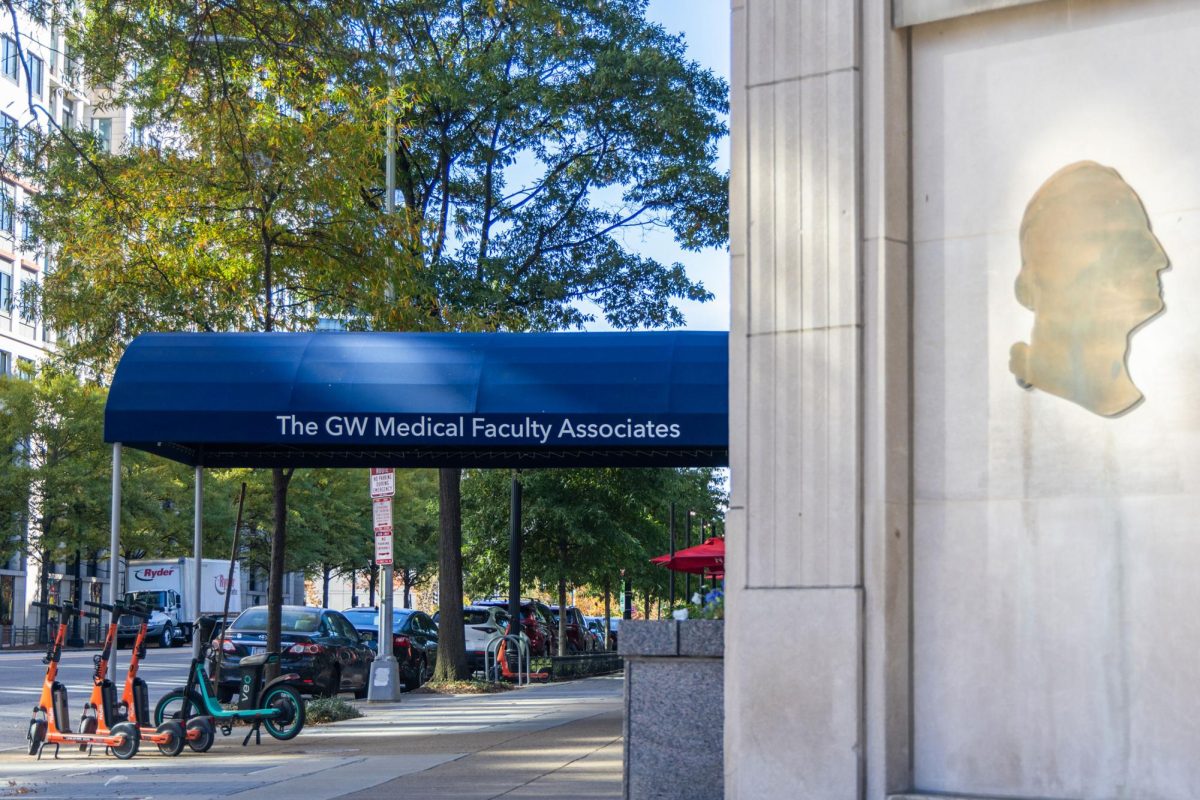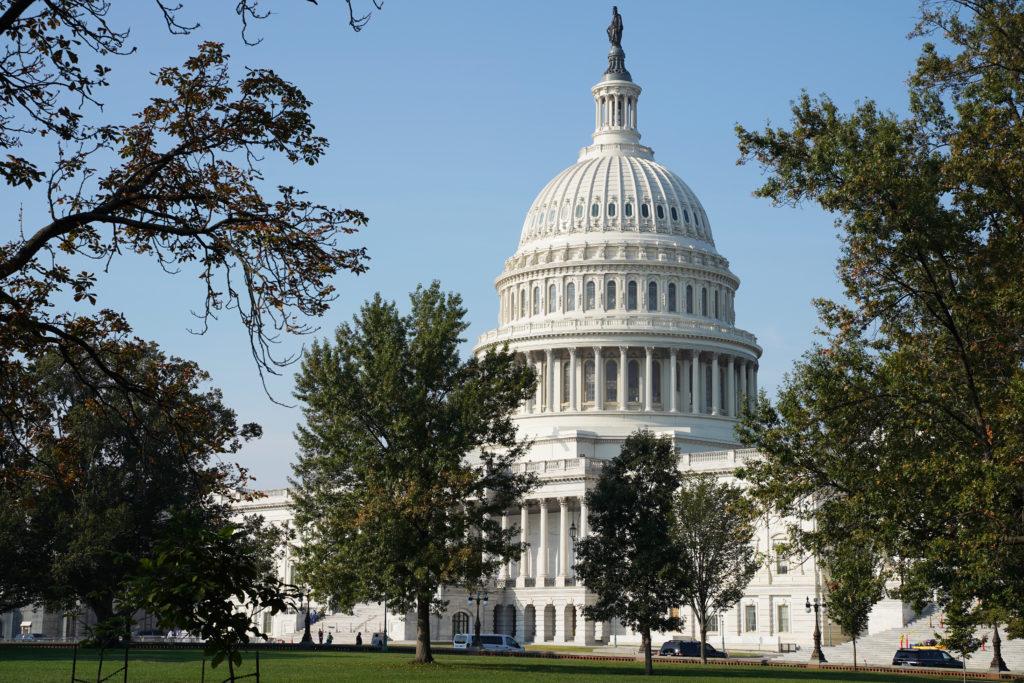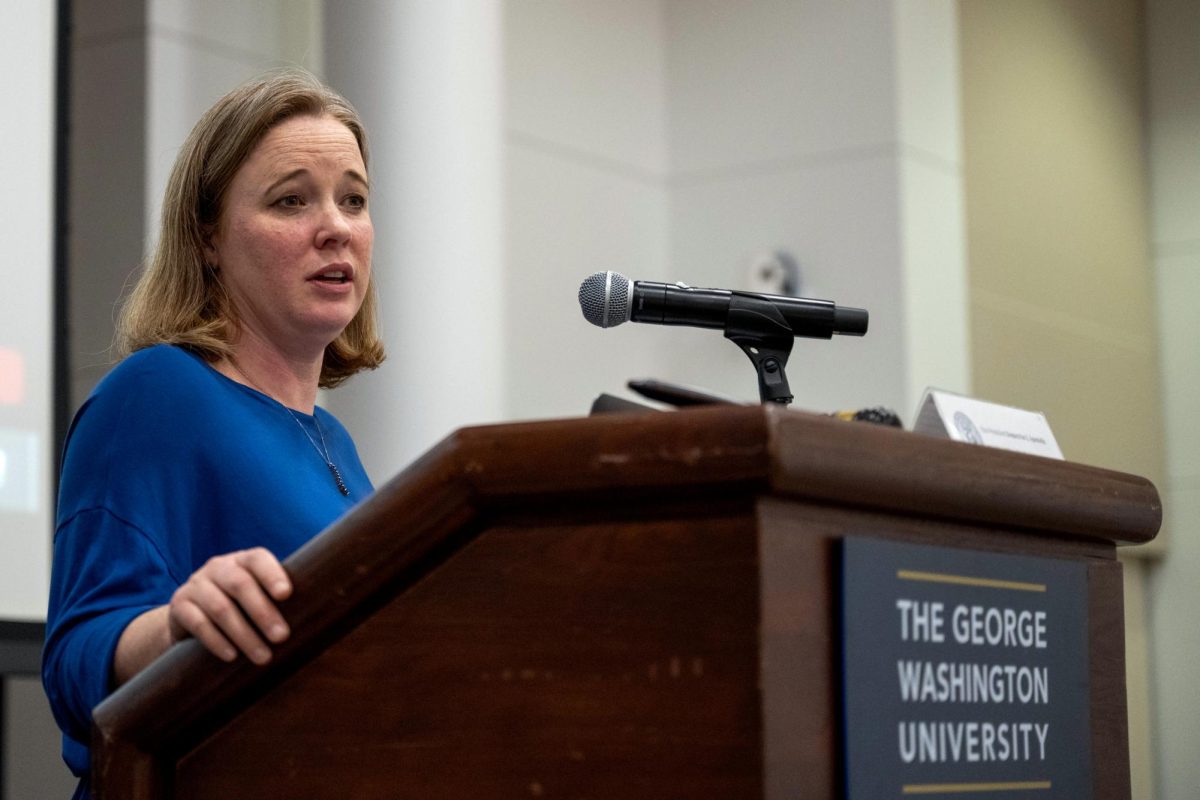Undergraduate enrollment deposits fell by about 18 percent this year in the wake of the COVID-19 pandemic and efforts to reduce the undergraduate population.
Provost Brian Blake said at a Faculty Senate meeting Friday that the number of enrollment deposits fell short of officials’ modeled target by 4.8 percentage points. Although the number of students who have committed to GW fell, Blake said officials anticipate the revenues they receive from the incoming class will be “slightly higher” than last year.
“We’re in the season now to look at transfers,” Blake said. “We’ll go much harder at them.”
Admissions staff moved programming online and accepted a small number of students from the waitlist early to attract additional students as officials brace for potential enrollment changes because of the pandemic. Officials will also reassess a planned 20 percent cut in the undergraduate population in the wake of the pandemic’s effects.
He said “diversity” fell by about 1 percent, and the number of Pell Grant recipients also declined.
Blake said he asked enrollment officials to implement a 1 percent drop in GW’s discount rate – the average discount given to students through scholarships and grants off of the sticker price.
“That one point was done by strategically investing in students with high need,” he said.
Ben Toll, the dean of undergraduate admissions, said 170 fewer international students committed to attend GW this year compared to last year. In fall 2019, 1,416 international undergraduate students – about 354 per class – attended the University, according to institutional data.
“Internationally, there is a lot of uncertainty in regards to whether international students will be able to secure student visas and/or whether there will be COVID-19-related travel restrictions,” Toll said in an email.
He said a “bit more” than 2,350 students have submitted their enrollment deposit – including about 250 waitlisted students.
Officials announced in December they planned to enroll 2,250 incoming students excluding transfers this fall. Approximately 100 students who submit enrollment deposits do not eventually attend GW historically, administrators said at the senate meeting.
Officials admitted 38.7 percent of applicants in early and regular decision rounds – the most selective incoming class since 2013.
Toll said GW’s yield rate dropped this year with roughly 22.7 percent of the 10,374 accepted students submitting enrollment deposits.
He said officials have approved more than 250 enrollment deposit extensions given the “unprecedented” economic challenges families are facing during the pandemic. Officials said in March they would maintain the May 1 commit deadline in the wake of the pandemic to accept waitlisted and transfer students in a timely manner.
“Domestically, many families are unsure of their economic situation with 33.5 million Americans filing for unemployment,” Toll said. “GW has a financial aid appeals process for families whose income may have changed, and the student financial assistance team is working to best support those families.”
Toll said admissions staff transitioned Inside GW, the University’s accepted students programming typically held on campus, to 20 virtual Inside GW events and 45 virtual school-based events. He said officials have not offered any additional perks or benefits to attract students to the University in the fall.
He added that only 26 students have requested to defer their admission to a later semester.
Steven Goodman – an educational consultant and admissions strategist at TopColleges, said the pandemic is causing obstacles for many universities attempting to implement a long-term enrollment strategy. Replenishing the size of the class by taking students off the waitlist can help universities obtain additional revenues, he said.
“Even though it’s May, there’s still going to be a lot of movement in my estimation,” Goodman said.
He said GW still has a deep applicant pool and good name recognition, which will help mitigate the pandemic’s impact.
“I think GW, like every other university, is going to look to its strengths and weaknesses as an institution and try to maximize its position as best you can with the students who are in the applicant pool,” Goodman said.
He said while some enrollment changes may occur over the next few years, the pandemic will eventually calm and the admissions and enrollment processes should return to normal levels.
Mayor Muriel Bowser unveiled a D.C. recovery plan last month that anticipates the District returning to a “new ‘normal'” by spring or summer 2021.
“It’s true that COVID-19 has changed certain aspects of life in Washington, but at some point, life in Washington will open up again and the strengths that GW had yesterday will still be the strengths that GW has tomorrow,” Goodman said.








